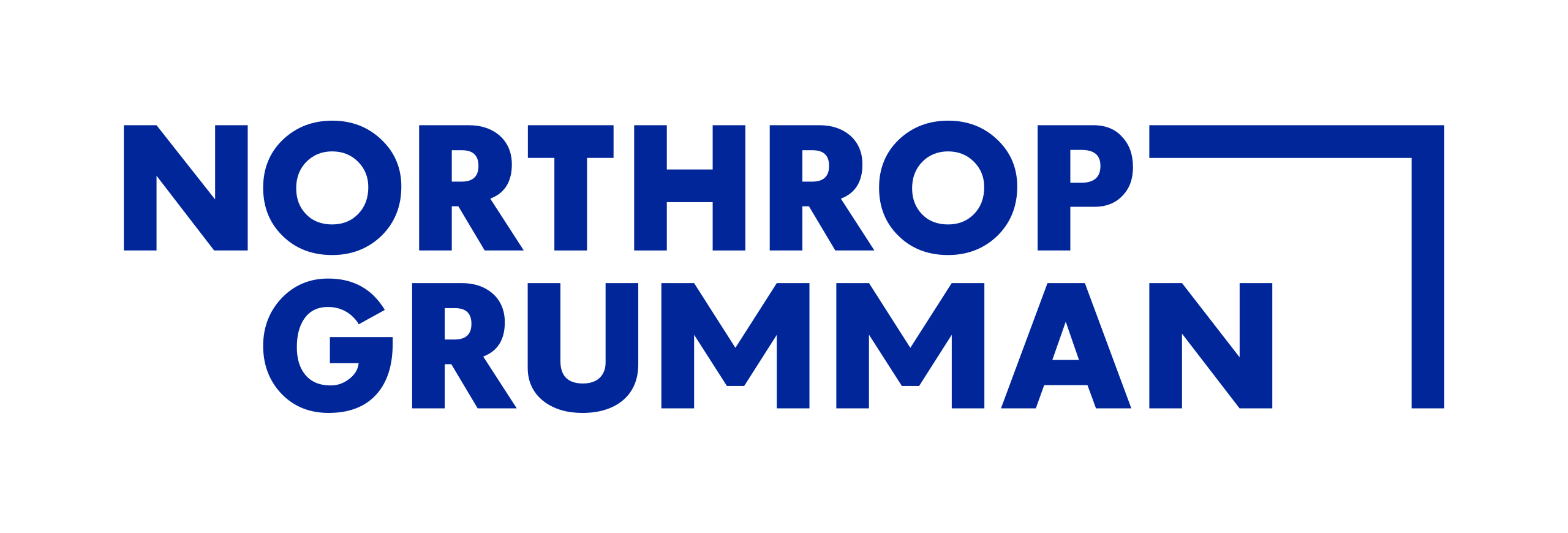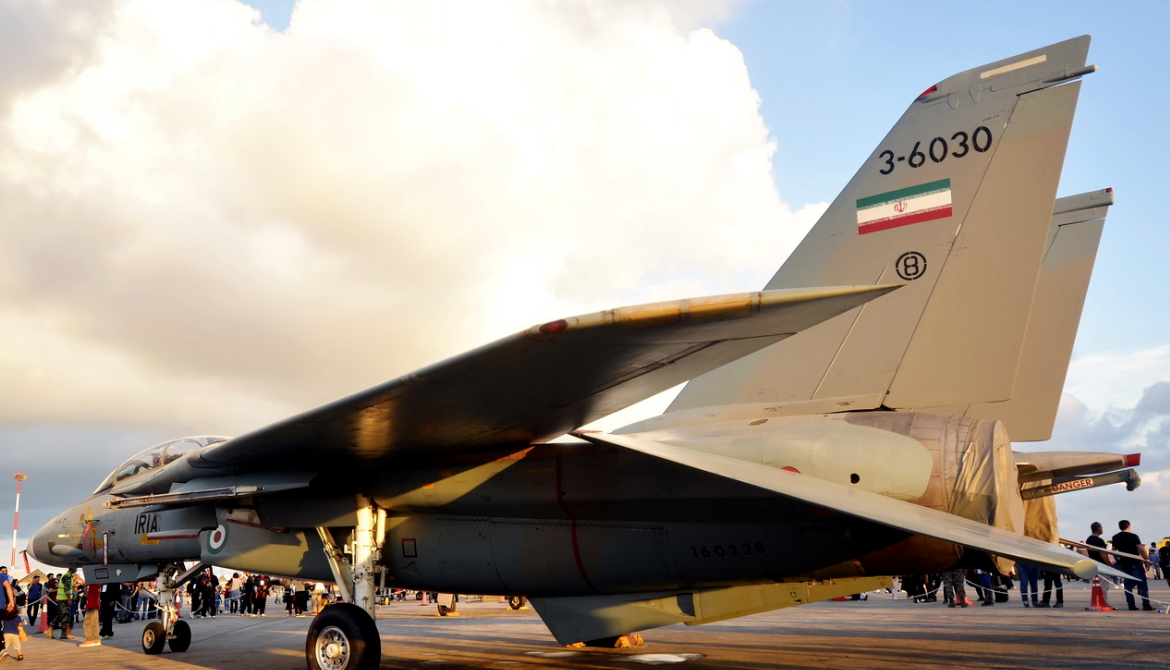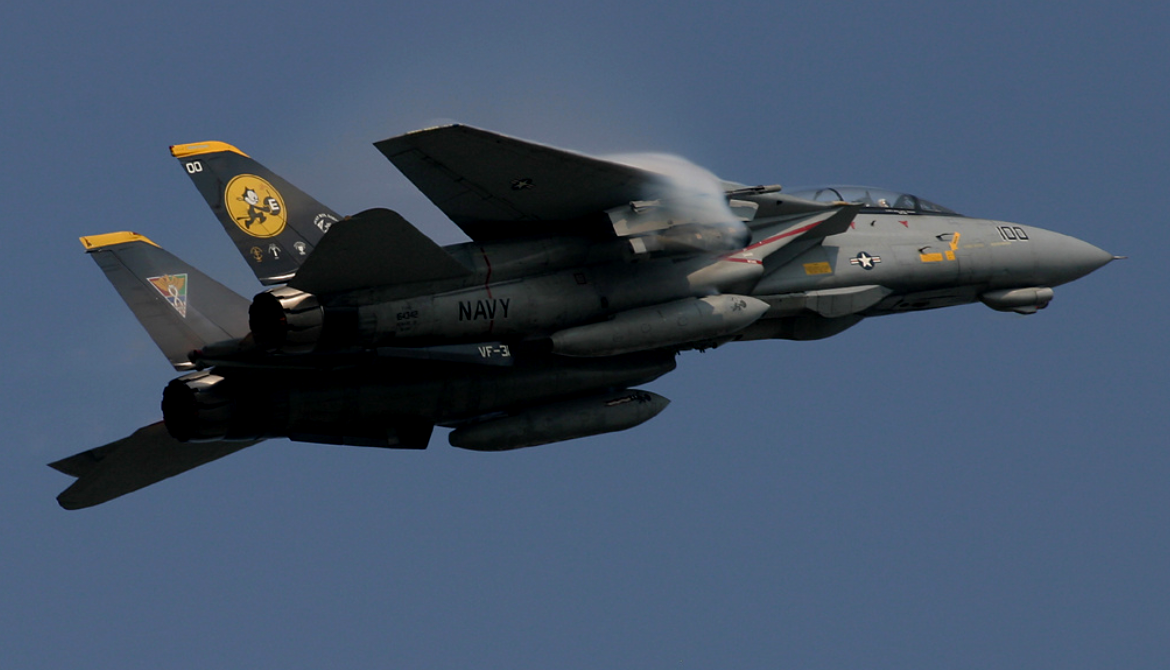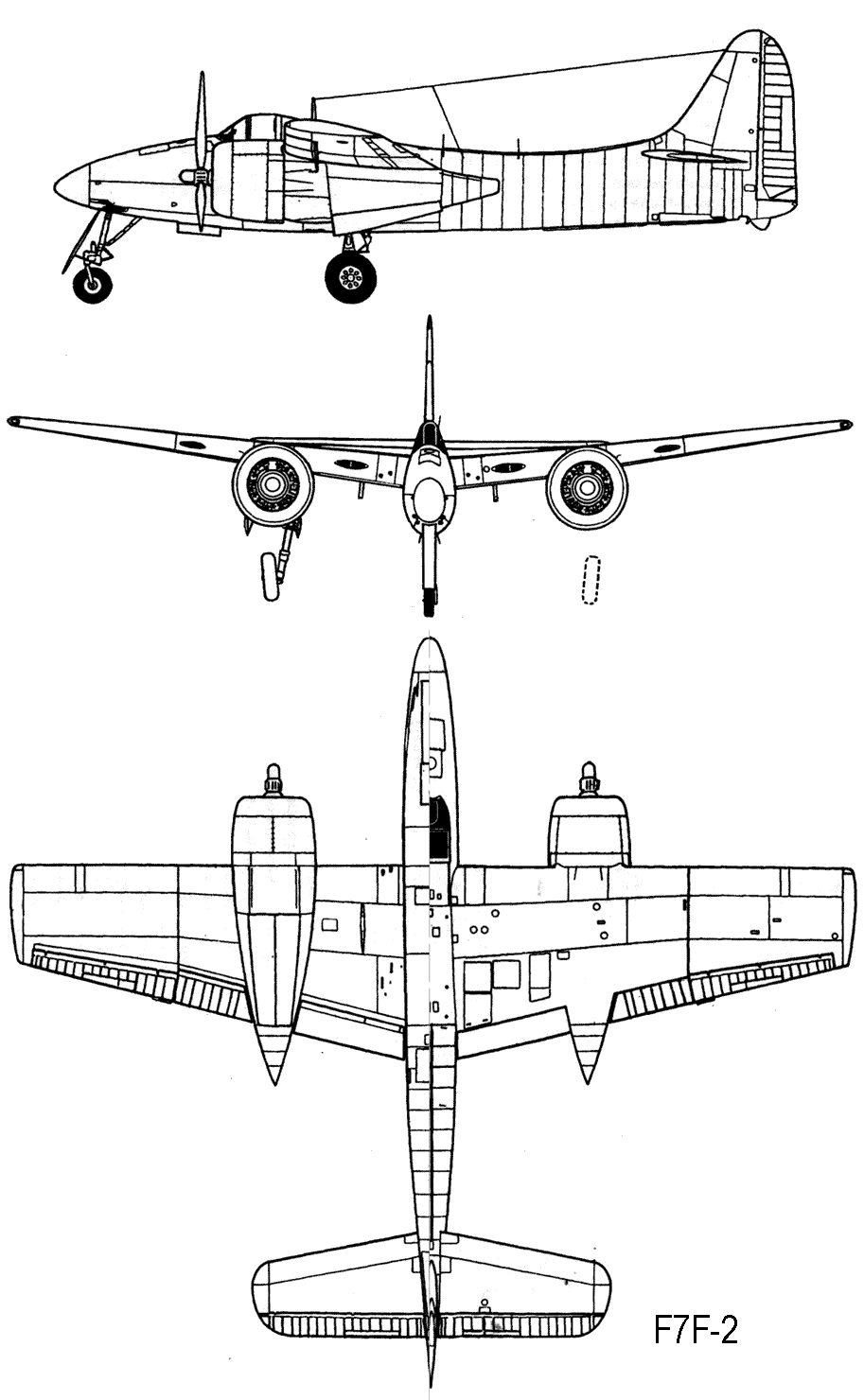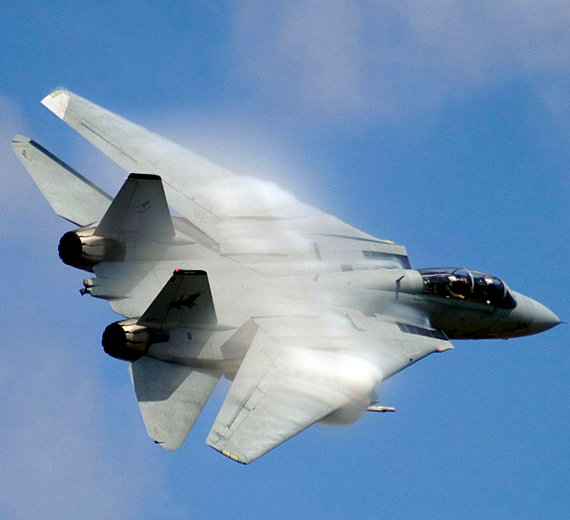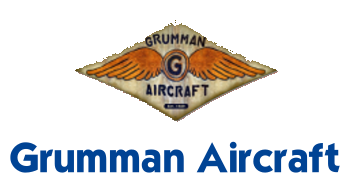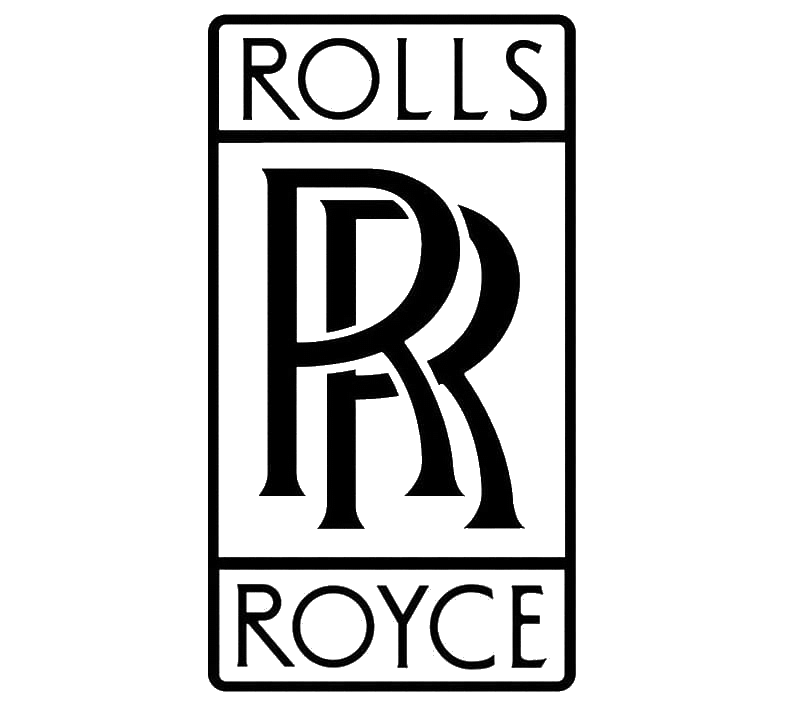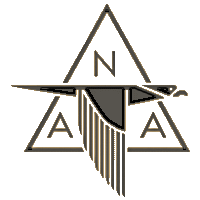Grumman Aerospace Grumman F7F-4N Tigercat
Role Heavy fighter National origin United States Manufacturer Grumman First flight 2 November 1943 Introduction 1944 Retired 1954 Primary users United States Navy United States Marine Corps Produced 1943–1946 Number built 364 Developed into Grumman XTSF
.
History Grumm![]() an Aerospace
an Aerospace
Grumman F7F-4N Tigercat
Based on the earlier Grumman XP-50 that was eventually canceled, the company developed the XP-65 (Model 51) further for a future "convoy fighter" concept. In 1943, work on the XP-65 was terminated in favor of the design that would eventually become the F7F.[1] The contract for the prototype XF7F-1 was signed on 30 June 1941. Grumman's aim was to produce a fighter that outperformed and outgunned all existing fighter aircraft, and that had an auxiliary ground attack capability
Performance of the prototype and initial production aircraft met expectations; the F7F was one of the fastest piston-engine fighters, with a top speed significantly greater than single-engine USN aircraft — 71 mph faster than a Grumman F6F Hellcat at sea level.[3] Captain Fred Trapnell, one of the premier USN test pilots of the era, stated: "It's the best damn fighter I've ever flown."[4] The F7F was to be heavily-armed — four 20 mm cannon and four 50 caliber (0.50 in; 12.7 mm) machine guns, as well as underwing and under-fuselage hardpoints for bombs and torpedoes. This speed and firepower was bought at the cost of heavy weight and a high landing speed, but what caused the aircraft to fail carrier suitability trials was poor directional stability with only one engine operational, as well as problems with the tailhook design.[5] The initial production series was, therefore, used only from land bases by the USMC, as night fighters with APS-6 radar.0
KmTake off Distance
0
mRange
0
MachAircraft Speed
0
Max Crew
Photo Gallery
Grumman F7F-4N Tigercat


Grumman Aerospace Corporation
Grumman F7F-4N Tigercat
General characteristics
- Crew: 2
- Length: 45 ft 4 in (13.82 m)
- Wingspan: 51 ft 6 in (15.70 m)
- Height: 16 ft 7 in (5.05 m)
- Wing area: 455 sq ft (42.3 m2)
- Airfoil: root: NACA 23015; tip: NACA 23012
-
Powerplant
- Empty weight: (7,380 kg)
- Max takeoff weight: (11,666 kg)
- Powerplant: 2 × Pratt & Whitney R-2800-34W Double Wasp 18-cylinder air-cooled radial piston engines, 2,100 hp (1,600 kW) each
- Propellers: 3-bladed constant-speed fully-feathering propellers
Specifications
- Maximum speed: Mach 2.34 (1,544 mph, 2,485 km/h) at altitude
- Range: 1,600 nmi 3,000 km)
- Combat range: (580 mi, 930 km)
- Service ceiling: (16,000 m) plus
- g limits: +7.5 g (+6.5 g limit)
- Rate of climb: 45,000 ft/min (230 m/s) plus
Armament
-
- Guns:
- 4 × 20 mm (0.79 in) AN/M3 cannon (200 rpg, wing roots)
- 4 × 0.50 in (12.7 mm) M2 Browning machine gun (400 rpg, in nose) (normal fighter versions only; replaced by radar unit in the -3N nightfighter)
- Bombs:
-
- Guns:
-
Links to Youtube & Others
Beginning in 1949, F7Fs were flown to the then-U.S. Navy storage facility at Naval Air Station Litchfield Park, Arizona. Although the vast majority of the airframes were eventually scrapped, a number of examples were purchased as surplus. The surviving Tigercats were primarily used as water bombers to fight wildfires in the 1960s and 1970s and Sis-Q Flying Services of Santa Rosa, California, operated an F7F-3N tanker in this role until retirement in the late 1980s.
Grumman F7F-4N Tigercat
The F-14 Tomcat was designed as both an air superiority fighter and a long-range naval interceptor.
Youtube Link
At the time of filming, the only recognizable star in the movie was Tom Cruise, who was known as a teen idol from 1983’s “Risky Business.”.



